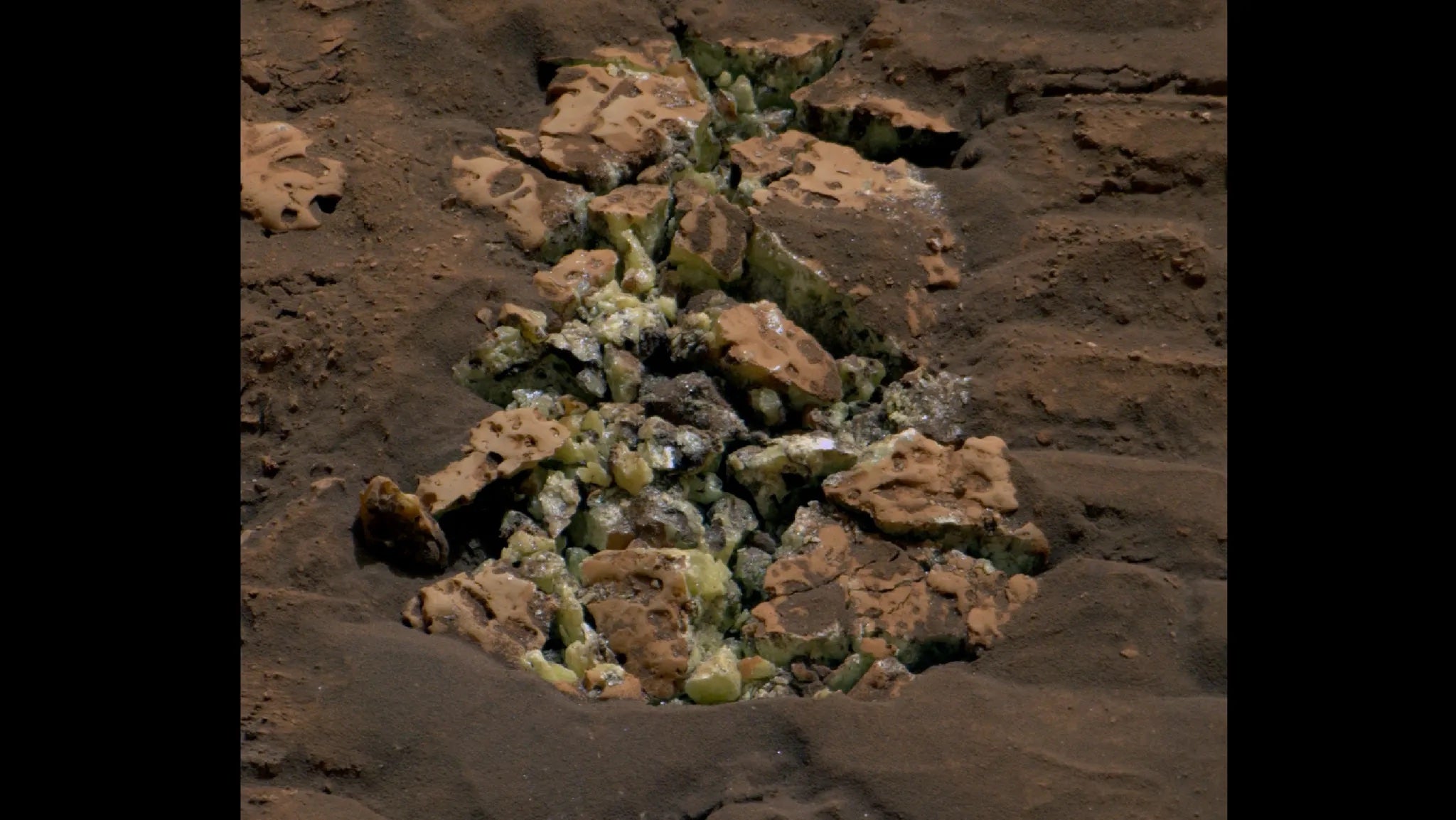NASA's Curiosity Rover Discovers Pure Sulfur Crystals on Mars

Introduction
NASA's Curiosity rover recently made a groundbreaking discovery on Mars by revealing crystals of pure sulfur, a first in this region of the planet. This finding is intriguing to scientists and raises questions about the geological history of Mars.
Details of the Discovery
The discovery was made in the Gediz Vallis, an area previously unexplored, and it marks a significant milestone in our understanding of Martian geology. Researchers from the Jet Propulsion Laboratory (JPL) are particularly excited but acknowledge that the cause of sulfur formation in this area is still not fully understood.
Why This Matters
- This is the first detection of pure sulfur on Mars, making it a significant find for geochemical studies.
- The discovery invites further investigation into the environmental conditions on Mars.
- Understanding mineral formations can also provide insights into the planet's past.
Conclusion
The discovery of sulfur crystals by the Curiosity rover highlights the ongoing exploration of Mars and the surprises it holds. As researchers continue to analyze this find, it could lead to critical advancements in our understanding of the Martian environment and its history.
This article was prepared using information from open sources in accordance with the principles of Ethical Policy. The editorial team is not responsible for absolute accuracy, as it relies on data from the sources referenced.